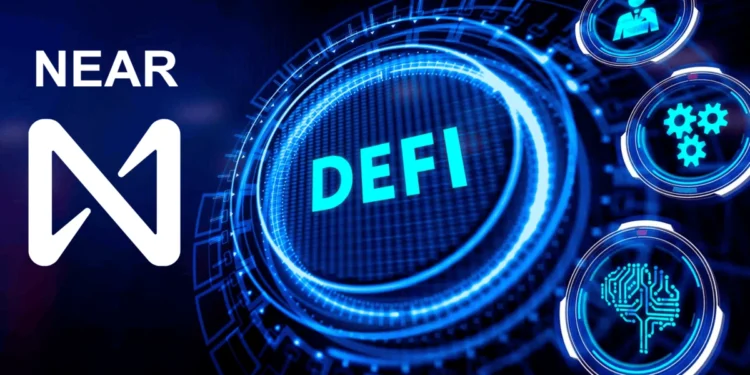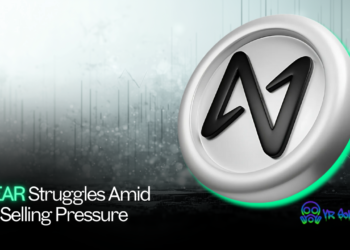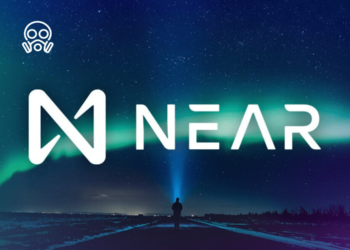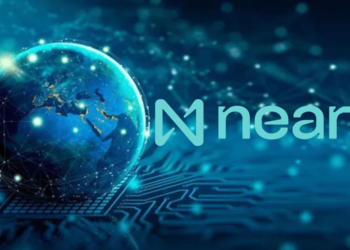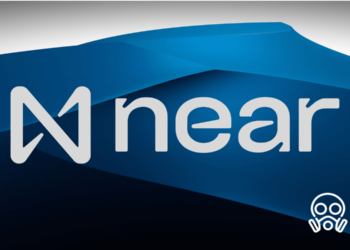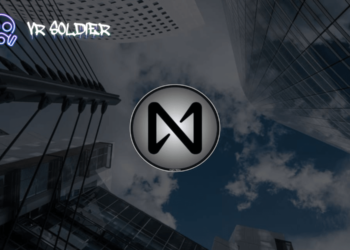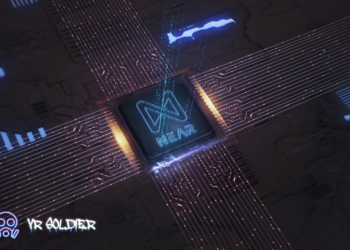Let’s first understand that DeFi, or Decentralized Finance refers to a completely decentralized financial system that uses blockchains such as Ethereum. It consists of assets such as decentralized applications, DeFi protocols, and smart contracts. The goal of DeFi is to create a decentralized, permissionless, open-source financial system that operates regardless of the jurisdiction of any third party or central authority. DeFi provides users with easy access to financial services and is especially useful for the unbanked. NEAR Protocol is moving DeFi to the masses with several projects running on the protocol ranging from DeFi projects, DEX, Oracle, etc. Let’s see how you can use some of NEAR’s projects.
Access to almost all compatible chains
Rainbow Bridge acts as a bridge between NEAR and Ethereum and is a permissionless and trustless protocol that connects two different blockchains. Users can easily deploy a new bridge or join an existing bridge without requiring third party approval. The Rainbow Bridge allows any information that can be used in NEAR to be used in Ethereum smart contracts and vice versa. It also allows users to vote with ETH in a NEAR-based DAO, bypassing Ethereum.
Rainbow Bridge is easily accessible to users thanks to its intuitive design and is built directly through MetaMask. Rainbow Bridge can also be repurposed and connect NEAR to almost all Ethereum-compatible chains. Rainbow Bridge also aims to support non-EVM chains such as Bitcoin.
SputnikDAO
DAOs are extremely important when it comes to protocol governance strategy. SputnikDAO empowers the communities and individuals that make up the NEAR ecosystem by serving as the infrastructure for DAOs in the NEAR protocol and allowing individuals and other projects to run DAOs, update protocol smart contracts, and easily set up governance for financial management. SputnikDAO also allows projects to set up multi-signature governance or issue governance tokens, or combine them and use them together.
Issuing and Creating Audio NFTs with DAORecords
DAOrecords plans to become the world’s first decentralized record label and currently operates a hybrid model. The project has continually experimented with audio NFTs, the project has released 350 NFTs and has worked with over 60 artists to date. DAORecords wants to give control of the music back to the artists who created it and change the way they interact with their fans. Independent artists can release new music using audio NFTs and DAOrecord streaming services. They can also create their own audio NFTs. DAOrecords has already published an interactive audio NFT called “MintTape Vol 1”.
Access to loans via Aave
Aave implements a pool-based lending strategy instead of a decentralized peer-to-peer strategy. Loans on Aave are not issued individually. Instead, they rely on pooled funds and collateral along with borrowed amounts. Aave launched in November 2017 as a peer-to-peer lending platform and was renamed Aave in September 2018. The protocol launched on the mainnet and has nearly $6 billion locked in smart contracts and is one of the top three projects in DeFi world.
Aave offers quick loans, which are basically unsecured loans that are borrowed and repaid in one transaction, meaning users do not require any collateral for the loan while the borrower pays back the original loan amount and a small fee. Aave introduced instant loans, where anyone can borrow liquidity, use it with other protocols, and repay it in a single transaction. Flash loans are needed in the DeFi space as they give people access to liquidity without the need for collateral.
Accessing data streams using Chainlink
Chainlink was designed as a decentralized oracle network that allows smart contracts to reliably and securely transfer data between blockchains and autonomous systems. It uses a decentralized network of independent oracles to retrieve data from several different resources, aggregate the data, and then deliver the verified data to a smart contract that initiates contract execution.
The Chainlink protocol also provides multi-layered security to ensure complete trust in the oracle network. It allows you to create and run oracle networks, allowing users to connect to configured oracle networks, independent of other oracle networks.
Data Signing:
Chainlink oracle inputs are signed using a unique map signature that allows users to prove that the data came from a specific oracle node.
High Quality Data
Chainlink will provide smart contracts with data obtained from external sources such as external data providers.
Blockchain Agnostic
Chainlink can run natively on any blockchain, supporting public blockchains, enterprise blockchains, etc.
Aurora – and Ethereum Layer-2 DeFi
Aurora on the NEAR protocol provides Ethereum Layer-2 capabilities. Developers can use this to expand into additional markets by leveraging the benefits of the NEAR protocol such as gas rewards and sharding. It runs on two critical components: Aurora Bridge and Aurora Engine. Here are some of the features that Aurora offers:
-Capable of processing thousands of transactions per second, which is 50 times faster than Ethereum.
-Block completion time is 2 seconds, compared to Ethereum’s individual block confirmation time of 13 seconds.
-Allows EVM to scale horizontally using the NEAR approach to sharding.
-Commissions on Aurora are 1000 times lower than on Ethereum.
-Aurora offers full compatibility with Ethereum using the NEAR protocol.
Conclusion (DeFi – NEAR Protocol)
Decentralized Finance (DeFi) is the fastest growing sector of the cryptocurrency market over the past year. New protocols continue to appear almost daily, but NEAR Protocol is considered as one of its kind as it provides a diversity of projects and its attracting more and more users, the reason for this interest is simple, DeFi is practically the only way to receive periodic fixed income in cryptocurrencies, and on the other hand, NEAR protocol is faster and cheaper than other players in the crypto space.

